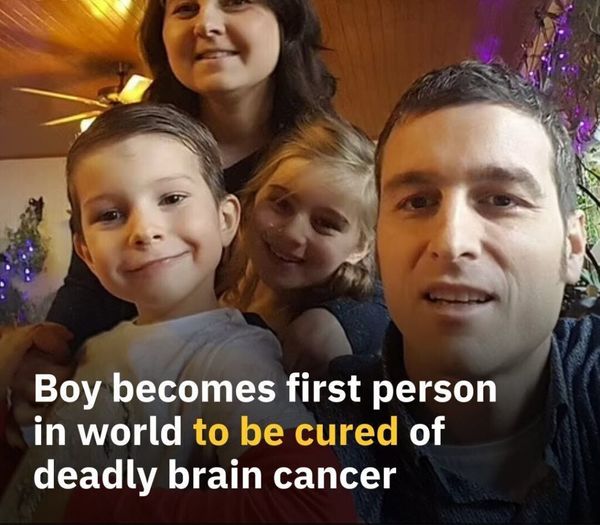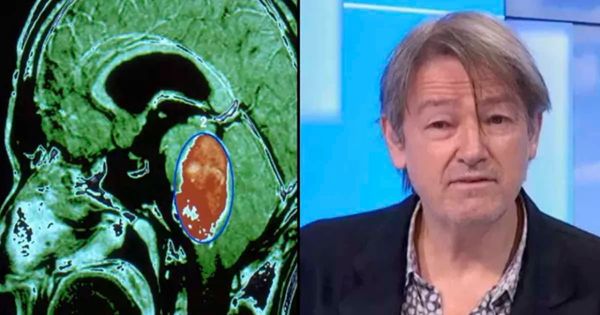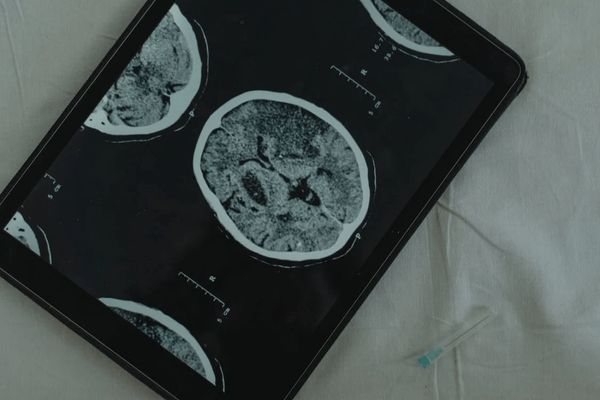At the young age of six, Lucas received heartbreaking news: he had a rare form of brain tumor. The doctors didn’t sugarcoat it. They said his prognosis was grim and his future looked bleak. But fast forward seven years, and Lucas, now 13, stands as a shining example of hope. There is no trace of the once-debilitating tumor. Lucas, from Belgium, is the first child in the world to conquer brainstem glioma – an aggressive form of brain cancer.

Dr. Jacques Grill, who leads the brain tumor program at the Gustave Roussy Cancer Center in Paris, can’t help but marvel at Lucas’s incredible strength. He recalls, “I watched in awe as Lucas defied all odds. Over a series of MRI scans, I witnessed the tumor completely vanish.” Diffuse intrinsic pontine glioma (DIPG), the official name for this tumor, affects about 300 children in the United States and up to 100 in France each year.

As we celebrate International Childhood Cancer Day, we also applaud the remarkable progress in childhood cancer treatment. Today, over 85 percent of children with this type of brain cancer survive beyond the five-year mark after diagnosis. However, for those diagnosed with DIPG, the prospects remain grim, with most succumbing within a year. Sadly, only 10 percent survive beyond two years, even with radiotherapy’s efforts to slow down the tumor’s rapid progression.
When Lucas and his family enrolled him in the BIOMEDE trial in France, they set foot on an unknown path. The trial aimed to explore new treatments for DIPG. Remarkably, Lucas responded positively to the drug called everolimus, which was randomly assigned to him. Doctors were stunned as his tumor completely vanished after a series of MRI scans.
Even though Lucas stopped taking the medication a year and a half ago, the tumor still remains absent – an unprecedented occurrence in medical history. Dr. Grill attributes Lucas’s exceptional recovery to the tumor’s unique genetic makeup. He believes that a rare mutation made it more susceptible to the drug.

Intrigued by Lucas’s case, researchers are diving deeper into their investigations. They are examining genetic anomalies and growing tumor organoids in laboratory settings. Marie-Anne Debily, who oversees the research, expresses optimism. She envisions a potential breakthrough where Lucas’s distinct cellular characteristics could pave the way for effective treatments. “The next step will be to find a drug that can have the same impact on tumor cells as these cellular changes,” she said.
While these developments are promising, caution is required. Dr. Grill emphasizes the long and complex journey from discovery to drug development. He warns that viable treatments are still years away. Pediatric oncologist David Ziegler echoes this sentiment, acknowledging the progress in DIPG treatment while stressing the importance of ongoing research and clinical trials. “On average, it takes 10-15 years from the initial lead to become an actual drug – it’s a lengthy and challenging process,” adds Dr. Grill.
Lucas’s journey is a testament to the resilience of young patients and the dedication of the medical community. As more research is conducted and trials are undertaken, there is hope that the medical field will discover effective treatments for DIPG. Lucas’s triumph over brain cancer serves as an inspiration to children battling similar diseases and to their families who long for a cure.





